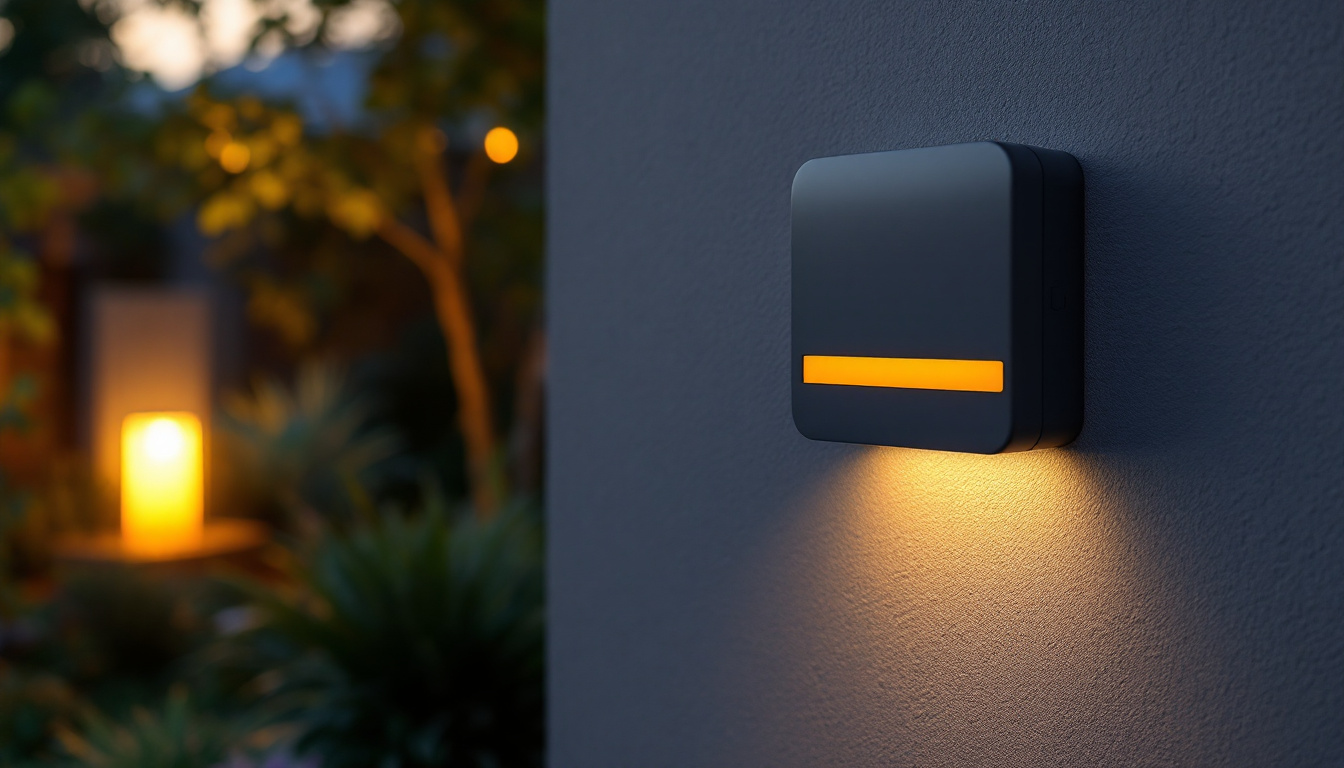
Lighting contractors play a crucial role in the design and implementation of effective lighting solutions. Among the various options available, Type T LED lamps have emerged as a popular choice due to their efficiency, versatility, and longevity. This article explores proven methods for lighting contractors to effectively utilize Type T LED lamps in their projects, ensuring optimal results for both residential and commercial applications.
Type T LED lamps, also known as tubular LED lamps, are designed to replace traditional fluorescent tubes. They come in various lengths and wattages, making them suitable for a wide range of applications. The “T” in Type T refers to the tubular shape, which is characterized by its slim profile and efficient light distribution.
One of the primary advantages of Type T LED lamps is their energy efficiency. Compared to traditional incandescent or fluorescent lamps, Type T LEDs consume significantly less power while providing the same or even greater light output. This makes them an attractive option for lighting contractors looking to reduce energy costs for their clients.
Additionally, Type T LED lamps have a longer lifespan, often lasting up to 25,000 hours or more. This longevity reduces the frequency of replacements, which can save both time and money for contractors and their clients alike. Moreover, the durability of these lamps means they are less prone to breakage, making them a safer choice for environments where accidental impacts may occur.
When selecting Type T LED lamps, it is essential to consider their key features. These lamps typically offer a range of color temperatures, from warm white to cool daylight, allowing contractors to customize the lighting to suit the specific needs of a space. The ability to choose between different color temperatures can significantly influence the ambiance of a room, enhancing productivity in workspaces or creating a cozy atmosphere in residential settings. Furthermore, many Type T LEDs are dimmable, providing flexibility in lighting design.
Another important feature is the compatibility of Type T LED lamps with existing fixtures. Many of these lamps are designed to be retrofitted into existing fluorescent fixtures, which simplifies the installation process and minimizes disruption for clients. This retrofitting capability not only reduces waste by allowing the use of existing fixtures but also makes the transition to LED technology more accessible for businesses and homeowners alike. Additionally, some Type T LED lamps come with integrated smart technology, enabling users to control their lighting through mobile apps or voice-activated devices, further enhancing convenience and energy management.
Proper installation is critical to maximizing the performance of Type T LED lamps. Lighting contractors should follow best practices to ensure that these lamps operate efficiently and effectively. Below are some proven installation techniques that can enhance the overall lighting experience.
Before installation, it is vital to choose the right fixture for the Type T LED lamps. While many lamps are designed to fit standard fluorescent fixtures, some may require specific types of ballasts or may be direct-wired. Contractors should review the manufacturer’s specifications to ensure compatibility.
In cases where retrofitting is not possible, contractors may need to replace the entire fixture. Selecting high-quality fixtures that complement the Type T LED lamps can enhance aesthetics and performance. Moreover, the choice of fixture can impact the distribution of light, which is essential for achieving the desired ambiance in various settings, whether it be in commercial spaces, residential areas, or industrial environments. Fixtures designed with reflectors or diffusers can help manage glare and improve light quality, contributing to a more pleasant atmosphere.
Wiring is a critical aspect of the installation process. For Type T LED lamps that require direct wiring, contractors should ensure that the power supply is turned off before beginning any work. Following the manufacturer’s wiring diagrams is essential to avoid damage to the lamps and ensure safety.
Additionally, it is important to check for any existing wiring issues that may affect the performance of the new lamps. Contractors should inspect for frayed wires, loose connections, or outdated ballasts that may need replacement. Proper grounding is also a key consideration; ensuring that fixtures are correctly grounded can prevent electrical shocks and enhance the longevity of the lighting system. Furthermore, using high-quality connectors and ensuring tight connections can reduce the risk of voltage drops, which can lead to reduced brightness and efficiency.
After installation, testing the Type T LED lamps is crucial to ensure they are functioning correctly. Contractors should check for flickering, dimness, or color inconsistencies, as these can indicate installation issues or compatibility problems. Conducting a thorough quality assurance check will help identify any potential issues before the project is completed.
Incorporating a testing phase into the installation process not only ensures client satisfaction but also enhances the contractor’s reputation for quality work. Additionally, it is advisable to document the testing results and any adjustments made during the process. This record can serve as a valuable reference for future maintenance and can reassure clients of the reliability of their new lighting system. Furthermore, educating clients on the proper care and maintenance of their Type T LED lamps can help prolong their lifespan and maintain optimal performance over time, fostering a positive relationship between the contractor and the client.
One of the most significant advantages of Type T LED lamps is their energy efficiency, which translates into substantial cost savings for clients. Lighting contractors can leverage this benefit when discussing project proposals with potential clients.
To illustrate the cost savings associated with Type T LED lamps, contractors can perform a simple calculation comparing the energy consumption of traditional fluorescent lamps with that of LED lamps. For example, a typical 32-watt fluorescent tube can be replaced with a 15-watt Type T LED lamp, resulting in a 53% reduction in energy consumption.
Contractors should also consider the reduced maintenance costs associated with longer-lasting LED lamps. Fewer replacements mean lower labor costs and less downtime for clients, further enhancing the financial benefits of switching to Type T LEDs.
Many utility companies and government programs offer incentives and rebates for energy-efficient lighting upgrades. Contractors should stay informed about available programs in their area, as these can provide additional savings for clients and encourage the adoption of Type T LED lamps.
By proactively discussing these incentives with clients, contractors can position themselves as knowledgeable professionals who are committed to maximizing value for their customers.
When integrating Type T LED lamps into a lighting design, several factors should be considered to achieve the best results. From color temperature to light distribution, understanding these elements can help contractors create effective and aesthetically pleasing lighting solutions.
The color temperature of Type T LED lamps can significantly impact the ambiance of a space. For example, warm white (2700K-3000K) is ideal for residential settings, creating a cozy and inviting atmosphere. In contrast, cool white (4000K-5000K) is often preferred for commercial spaces, as it promotes alertness and productivity.
Contractors should engage with clients to determine the desired mood and functionality of each space, guiding them toward the most suitable color temperature for their needs.
Effective light distribution is essential for achieving the desired lighting effect. Type T LED lamps provide even illumination, but placement is crucial to avoid shadows and dark spots. Contractors should consider the layout of the space and the intended use when determining lamp placement.
In areas where task lighting is essential, such as kitchens or offices, positioning the lamps to minimize glare and maximize brightness is vital. Utilizing lighting design software can aid in visualizing the placement and distribution of light before installation.
While Type T LED lamps are known for their longevity, regular maintenance is still necessary to ensure optimal performance. Contractors should educate clients on basic maintenance practices and troubleshooting steps to address common issues.
Encouraging clients to conduct regular inspections of their lighting systems can help identify potential issues before they escalate. This includes checking for flickering lights, unusual sounds, or any changes in light output.
Contractors can provide clients with a simple checklist to follow during inspections, making it easier for them to maintain their lighting systems effectively.
In the event of problems with Type T LED lamps, contractors should be prepared to troubleshoot common issues. Flickering lights may indicate compatibility issues with the ballast or wiring problems. Dim lighting could be a sign of insufficient power supply or faulty connections.
Providing clients with guidance on how to address these issues can enhance their confidence in the lighting system and reinforce the contractor’s expertise.
Type T LED lamps offer numerous advantages for lighting contractors, from energy efficiency to versatility in design. By understanding the unique features and installation techniques associated with these lamps, contractors can provide exceptional service to their clients.
Moreover, by emphasizing the cost savings, design considerations, and maintenance practices, contractors can position themselves as trusted advisors in the lighting industry. As the demand for energy-efficient lighting solutions continues to grow, Type T LED lamps will remain a valuable tool in the contractor’s arsenal, enabling them to deliver high-quality results that meet the evolving needs of their clients.
Ready to elevate your lighting projects with the efficiency and versatility of Type T LED lamps? Look no further than LumenWholesale, where we specialize in providing contractors with the highest quality, spec-grade lighting products at unbeatable wholesale prices. Say goodbye to local distributor markups and hello to superior lighting solutions that fit your budget. With our commitment to reliability and performance, plus the convenience of free shipping on bulk orders, you can trust LumenWholesale to light up your projects with excellence. Don’t compromise on quality or value; discover wholesale lighting at the best value today and make your next installation a shining success.

Discover the top challenges lighting contractors face when selecting the best solar landscape lights.

Discover how utilizing outside light can revolutionize your lighting projects by boosting efficiency and sustainability.

Discover the latest innovations in outdoor electric socket boxes that are transforming the landscape of exterior lighting.

Explore how solar lights are revolutionizing garden illumination for lighting contractors.